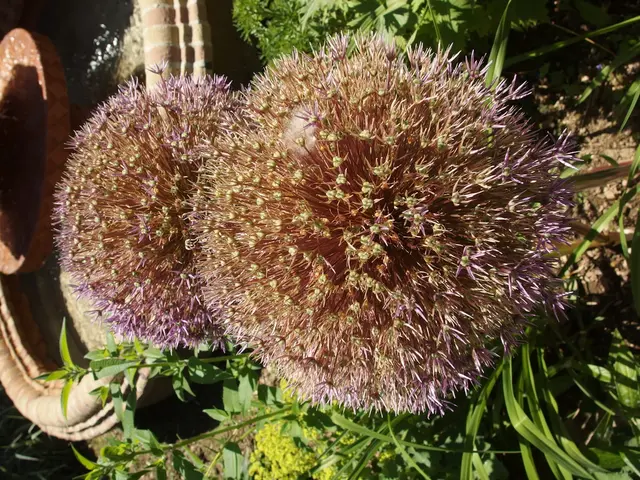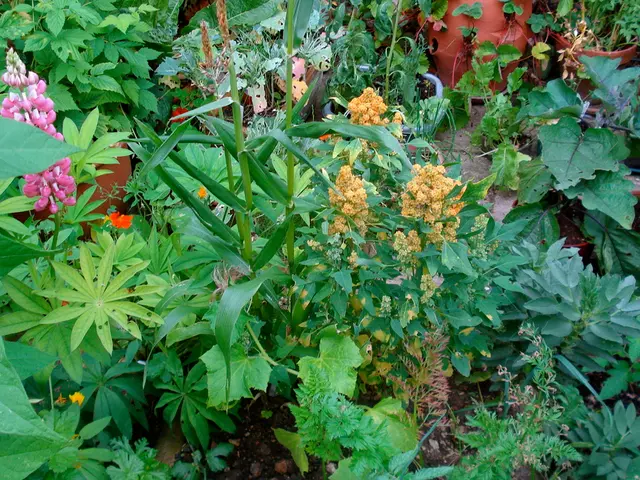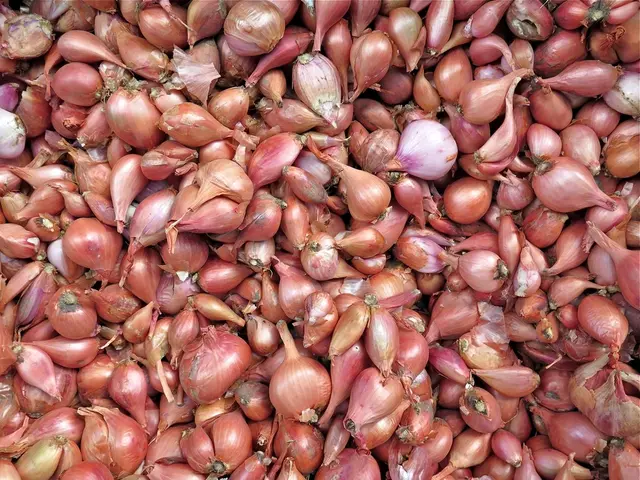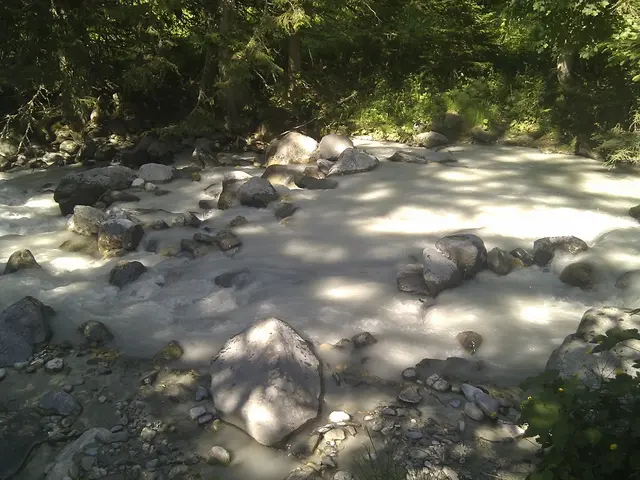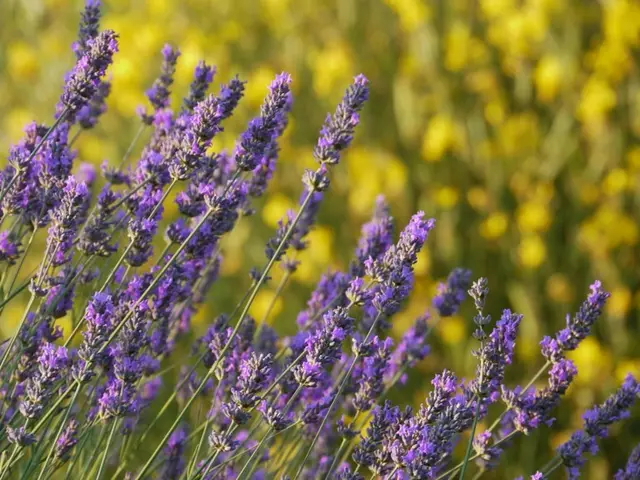Natives Plants Spur Return of Pollinators
In the lush, contemporary landscape of backyards, attracting pollinators isn't just a hip trend—it’s a crucial move towards preserving an ecosystem’s health. From those gleaming, winged wonders, butterflies and bees, to hummingbirds and moths, every little creature plays an integral role in cross-pollinating plants and bolstering nature's biodiversity. So, how can you encourage these critters to pay a visit to your little patch of paradise? Native plants are the key!
- The Imperative Role of Pollinators in Gardening & the World
Pollinators, the unsung heroes of both wild ecosystems and food production, are the life-blood of everything from wildflowers to apples and squash. They facilitate fruit and seed production by ferrying pollen between flowers, ensuring the variety and health of our world's flora.
When you create a lush oasis for pollinators, you're not simply nurturing your own plants; you’re Inadvertently working hand-in-hand with nature to help replenish a dwindling global population of these essential species. Pollinator decline has been worsened by habitat loss, pesticides, and climate change. Your very own garden could become part of the solution.
- The Advantages of Native Plants for Pollinator-Friendly Gardens
Native plants have been developed alongside native pollinators, resulting in a harmonious arrangement. These plants boast reduced water requirements, lower fertilization needs, and adapted resistance to local soil and climate conditions. Even more delightful, they burst into bloom in synchronization with your region, providing pollinators with consistent sustenance throughout each growing season.
Native flowers supply the exact nectar, pollen, and host plant materials that local insects and birds rely on. For example, some native butterflies can only lay their eggs on specific plants—like milkweed for monarch butterflies. Swap out those exotic interlopers for plants of purpose.
- Prime Native Plants for Pollinator-Laden Gardens
To cultivate a thriving pollinator sanctuary, variety ought to be your guiding principle. Seek plants with varied shapes, colors, and bloom times to keep your garden a tantalizing display for our fluttering friends. Here are some stellar picks to kick-start your pollinator paradise:
- Milkweed (Asclepias spp.): Milkweed species, such as Asclepias incarnata and Asclepias tuberosa, provide nectar for bees and butterflies while serving as the sole host plant for monarch caterpillars.
- Purple Coneflower (Echinacea purpurea): This stalwart prairie native boasts generous landing pads for bees and butterflies, and its seeds attract finches and other birds in autumn.
- Bee Balm (Monarda didyma): Hummingbirds and native bees can't resist bee balm’s vibrant tubular flowers, making it a showy asset to any pollinator-packed garden.
- Blazing Star (Liatris spicata): With its tall, elegant purple spikes, this late-summer bloomer draws in butterflies, especially swallowtails and skippers.
- Black Cohosh (Actaea racemosa): This shade-tolerant, fragrant native woodland plant lures bees and flies with its lofty white flower spikes.
- Goldenrod (Solidago spp.): Often questioned as the cause of allergies (it isn't!), goldenrod is vital for migrating butterflies and native bee species later in the growing season.
- Wild Bergamot (Monarda fistulosa): With pale purple blooms and a delightful fragrance, wild bergamot supports long-tongued bees and hummingbirds.
- Cultivating a Pollinator-Welcoming Habitat
A few modifications to your gardening routine can significantly benefit our winged allies:
- Plant in clusters for efficient pollinator foraging.
- Shun pesticides, especially systemic ones that linger in pollen and nectar.
- Offer water sources, like shallow dishes featuring pebbles.
- Preserve natural debris—many native bees nest in bare ground or hollow stems.
- Strive for seasonal blooms from early spring through late fall.
- Final Thoughts
Supporting pollinators doesn't call for an extensive garden overhaul. By carefully incorporating select native plants into your landscape, you can transform your personal corner of the world into a symphony of buzzing, fluttering magic. Whether your verdant expanse stretches over a sprawling yard or blooms from a compact balcony, every single plant matters. By opting for native, you’re sowing seeds for a sustainable future for our pollinator partners.
- The use of native plants, like milkweed, purple coneflower, bee balm, blazing star, black cohosh, goldenrod, wild bergamot, and others, in your garden not only provides a source of nectar and pollen for pollinators but also ensures a consistent supply of sustenance throughout each growing season.
- To create a thriving pollinator sanctuary, it is important to consider the role of native plants, as they have evolved with native pollinators, requiring less water, maintenance, and being more resistant to local soil and climate conditions.
- Planting a wide variety of native plants, such as those mentioned, with different shapes, colors, and bloom times, will keep your garden attractive to pollinators throughout the year and contribute to preserving and replenishing the global population of these essential species.


